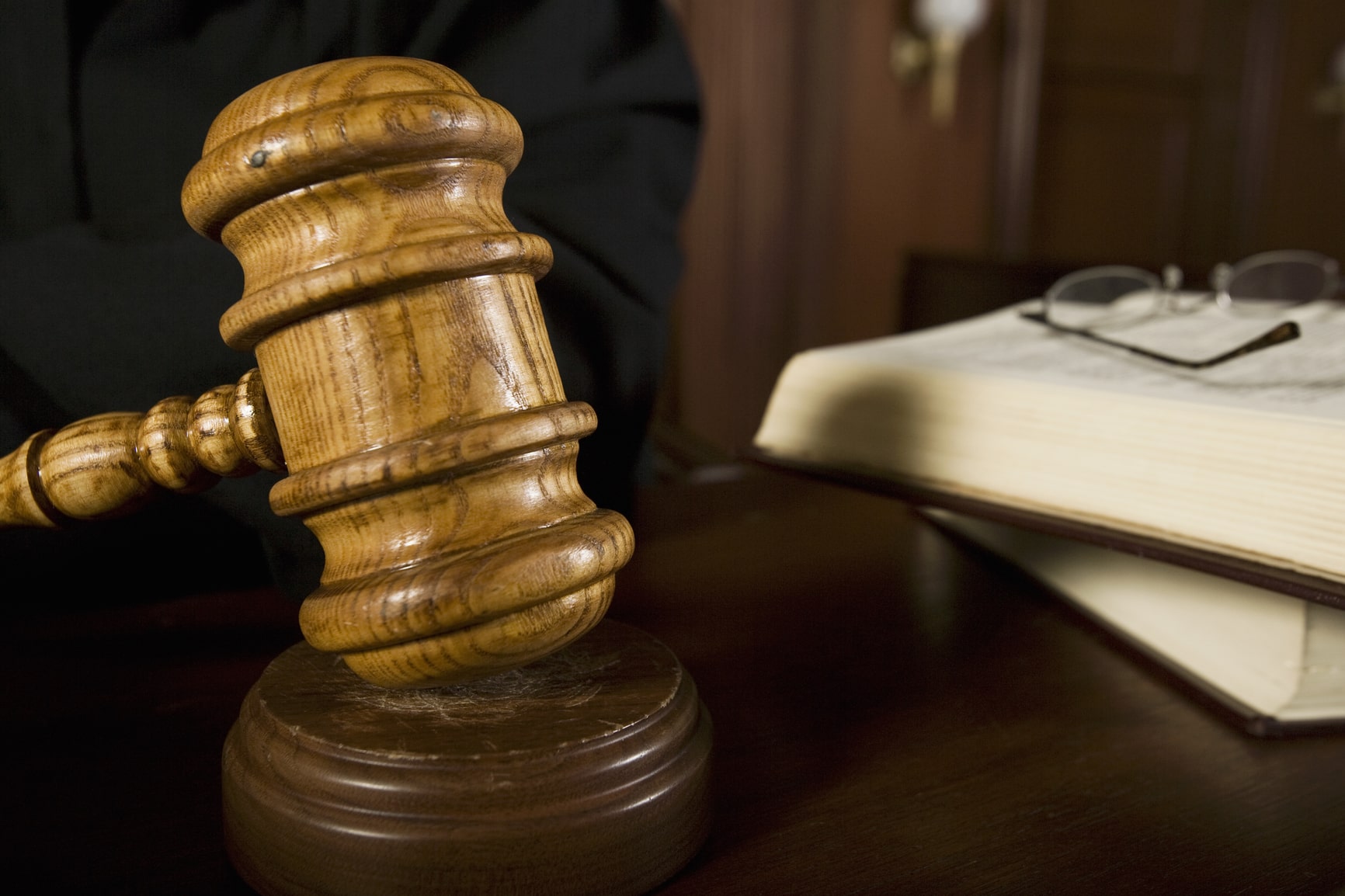A protective order, or a restraining order, is a legal document issued by a court to protect individuals from harassment, stalking, or abuse. These orders are commonly used in cases of domestic violence but can also apply to various situations where an individual feels threatened or unsafe.
When a protective order is granted, the court may impose specific conditions tailored to the victim's needs and the circumstances of the case. Understanding these conditions is crucial for both the survivor seeking protection and the respondent (the person against whom the order is issued).
No Contact Orders
One of the most common conditions in a protective order is a "no contact" provision. This condition prohibits the respondent from contacting the victim in any way, including phone calls, text messages, emails, social media interactions, or physical presence near the victim. Violating a no-contact order can result in serious legal consequences, including arrest and potential criminal charges. This condition aims to ensure the victim feels safe and secure, free from any further harassment or intimidation.
Stay Away Orders
Similar to no-contact provisions, stay-away orders require the respondent to maintain a specific distance from the victim. This distance can vary based on the circumstances but is typically set at a certain number of feet (often 100 to 500 feet). The order may also extend to the victim's home, workplace, and other frequently visited locations. The purpose of this condition is to create a buffer zone that minimizes the risk of encounters between the victim and the respondent.
Temporary Custody And Visitation Arrangements
In cases involving children, protective orders may address custody and visitation arrangements. The court may grant temporary custody to one parent while establishing visitation conditions for the other parent. This is particularly important when there is a concern about the child's safety or well-being. The order may stipulate supervised visitation, where a third party monitors visits between the parent and child, ensuring a safe environment for the child.
Prohibition Of Firearms And Weapons
Another common condition is the prohibition of firearms and weapons. Courts may order the respondent to surrender any firearms or weapons they possess, recognizing that access to such items can escalate the risk of violence. This condition is particularly crucial in domestic violence cases, where the presence of a weapon can significantly increase the danger to the victim. Law enforcement is typically involved in enforcing this condition, ensuring compliance with the order.
Counseling Or Treatment Programs
In some cases, the court may require the respondent to attend counseling or treatment programs, especially if the behavior leading to the protective order is related to substance abuse or mental health issues. This condition aims to address the underlying causes of the respondent’s behavior and promote rehabilitation. The court can also consider compliance with counseling in future legal proceedings involving custody or modification of the protective order.
Monitoring And Reporting Conditions
The court may impose monitoring conditions requiring the respondent to check in regularly with law enforcement or a designated agency. This might involve electronic monitoring or regular reporting to ensure compliance with the protective order. These conditions are designed to provide additional oversight and accountability, helping to deter further abusive behavior.
Protective orders are vital in safeguarding individuals from violence, harassment, and intimidation. The conditions imposed in these orders are tailored to the specific circumstances of each case, aiming to provide a comprehensive safety plan for the victim. Understanding these potential conditions can empower victims to seek the protections they need. A protective order lawyer can also help survivors navigate the legal system effectively.
While protective orders can provide a sense of security, victims need to remain vigilant and seek support from advocacy organizations, legal professionals, and law enforcement. In many cases, these orders are just one step in a broader journey toward safety and healing. By recognizing the importance of protective orders and the conditions they impose, we can better support survivors in their efforts to reclaim their lives and ensure their well-being.
Thank you to our friends at May Law LLP for their insight into protective orders.

